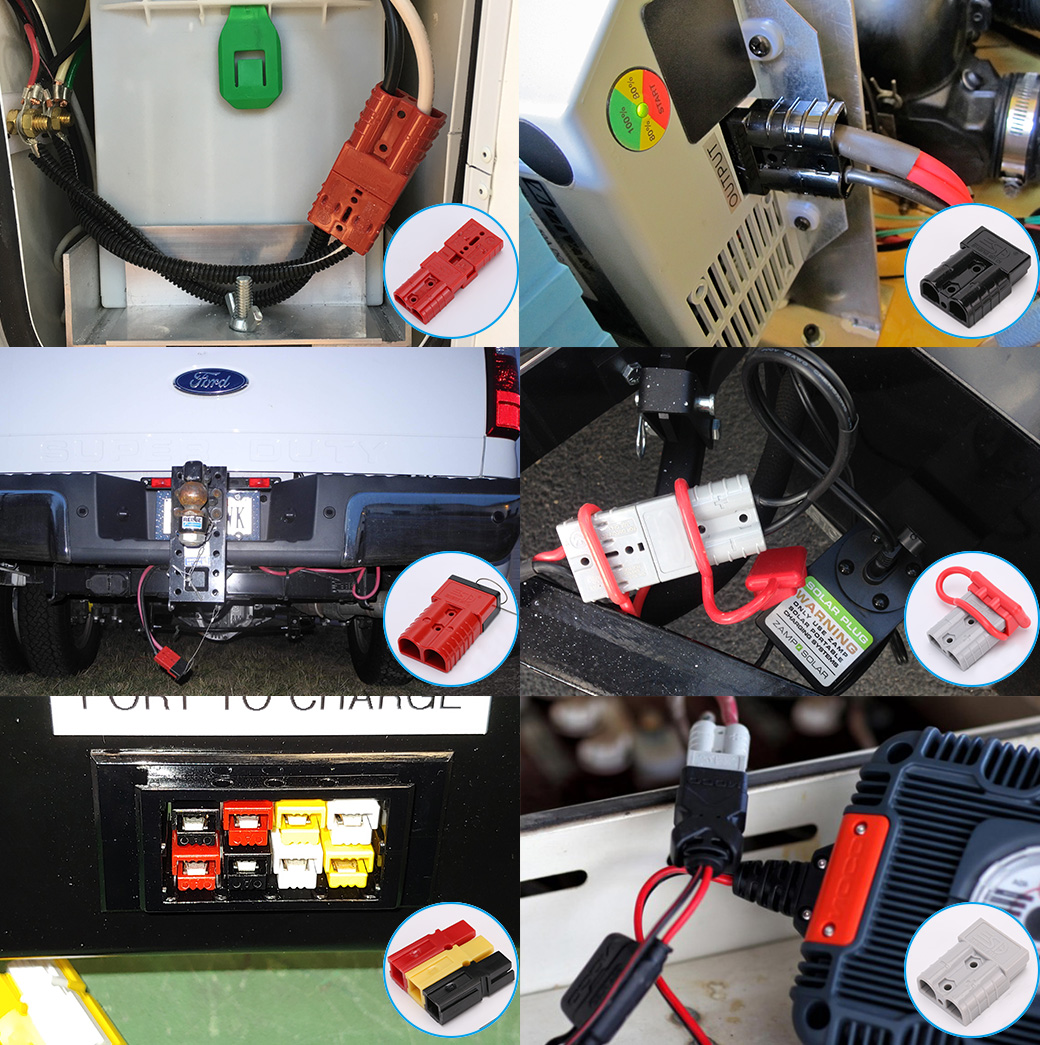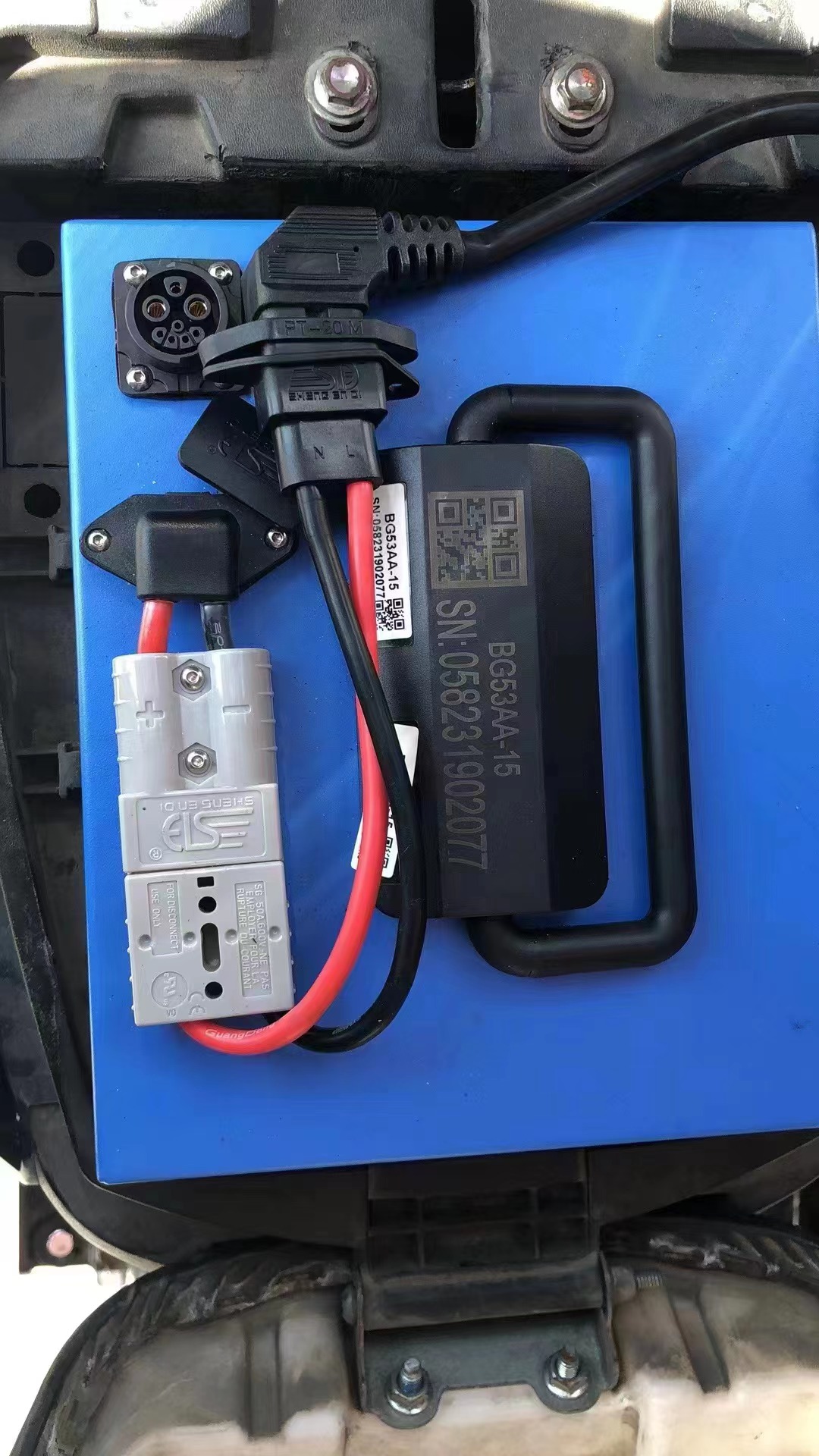Amidst a dynamic landscape, the rise of new energy vehicles in China is a testament to both opportunities and challenges. Fueled by supportive subsidy policies and years of market cultivation, China's global share in the new energy vehicle sector continues to expand, paralleling the rapid surge in power battery sales.
In 2017, China's lithium battery market surged to 135 billion yuan, with power battery output alone reaching an impressive 72.5 billion yuan, surpassing digital lithium batteries to claim 54% of the market. Notably, the automotive sector emerged as the primary driver of lithium battery consumption.
Fast forward to January 8, 2019, the latest figures from the "Power Battery Field Database" released by the Advanced Industry Research Institute (GGII) underscore the momentum. In 2018, China produced around 1.22 million new energy vehicles, marking a remarkable 50% year-on-year increase, with energy storage capacity growing by 56.98GWh, reflecting a 56% YoY surge.
This surge in new energy vehicles and power battery capacity has ushered in a new and pivotal challenge.

Unveiling the Potential of Connectors
Enter power battery connectors, the unassuming yet vital conduits of this transformation. Often referred to as plugs, sockets, or power battery connectors, these devices simply bridge two active circuits, facilitating the flow of current. The role they play is clear: establishing a communication channel between blocked or isolated circuits, enabling the circuit to fulfill its designated purpose. With various applications, power levels, and operating environments, the configurations of power battery connectors exhibit endless variations.
In a bid to shed weight and reduce costs—aligning with an industry-wide trend—integrating aluminum into power battery connectors emerges as a straightforward and effective solution.

Safety and reliability form the cornerstone of these connectors' operation. The role they play is integral to maintaining the normal operation of an electric vehicle's power system. As an indispensable component of the EV power system, the design of power battery connectors centers on safety, reliability, and environmental considerations.
Presently, the absence of national standards for high-voltage power battery connectors necessitates companies to develop their internal standards or adapt from similar products or other industries. This poses a challenge to ensure safety and interoperability.
In the evolving landscape of electric mobility, power battery connectors are central to the seamless, secure, and efficient operation of vehicles. As the industry continues its ascent, the role of these connectors becomes ever more pivotal.
 Guangdong SED Co., Ltd.
Guangdong SED Co., Ltd.
 +86 13763213143
+86 13763213143
 info@dmictech.com
info@dmictech.com


